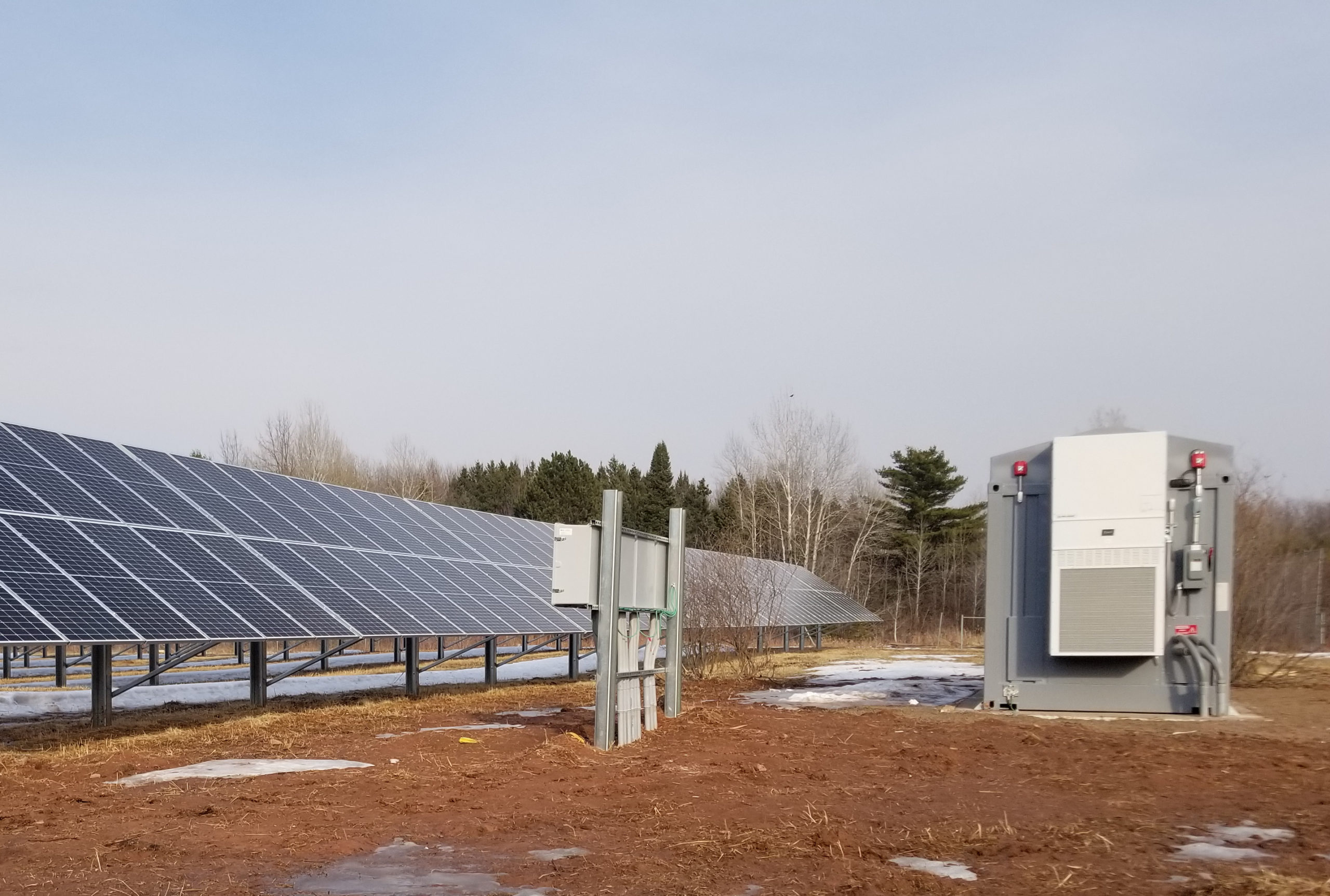
All the buzz right now in the clean energy industry is around the Build Back Better bill that is on the Senate floor waiting approval. This $1.75 trillion budget deal features a historic investment, about $555 billion, in climate change mitigation and renewable energy – the largest investment ever by Congress. A portion of this bill that has received a lot of attention from the industry is the proposed change around the Investment Tax Credit (ITC) for energy storage. According to the Energy Storage Association, under current law, energy storage only qualifies for the Section 48 and 25D credit when integrated with ITC-eligible solar resources under a narrow set of conditions and subject to recapture risks, creating tremendous uncertainty for investors. The proposed legislation modifies the existing ITC for clean-energy technologies by making energy storage eligible as a standalone asset, as well as increasing the ITC to 30%. With these potential tax changes in energy storage looming, the question remains, is energy storage worth it, and what is the right amount?
To begin to answer these questions we first need to understand the end-users’ goals as to how they want to use stored energy. Typically there are three reasons: resilience, sustainability and economics.
- Resilience – In this instance, an end user may be dealing with regular power outages that are impacting their operations. At a hospital or emergency response center, for example, these outages could impact health, life and safety. For a food processing facility, an outage could impact production and create wasted product that would need to be discarded. Both situations cause disruptions in a business that could cause drastic economic impacts. The cost benefit of adding energy storage as backup power could pay for itself in preventing one outage or shut down.
- Sustainability – To achieve carbon reduction goals, more industries and companies are installing on-site clean energy generation that can produce 100% of their energy needs. The trend in the past was to purchase Renewable Energy Credits (RECs) or to invest in a wind or solar facility that may be on the other side of the country. To achieve 100% onsite clean energy consumption, energy storage needs to be in place to capture over-produced wind or solar energy. This stored energy can be used at night or when the wind isn’t blowing or the sun isn’t shining.
- Economics – We have found that there are two scenarios where the economics of a battery come into play; one is demand management/demand mitigation strategies and the other is the use of clean energy to increase the value of product. Spikes in energy consumption can increase demand and will ultimately increase a customer’s utility bill. These demand charges can be extreme, and in some situations could double a customer’s electric utility bill. With the addition of energy storage, those energy spikes or demands can be managed to limit or eliminate high demand charges. This is often the case when new DC fast chargers (for electric vehicles) are being installed at a customer site. In the second scenario, as outlined in my earlier blog article about reducing your carbon intensity (CI) fuel score with renewable energy, the low-carbon fuel standard (LCFS) program requires on-site clean energy generation for increasing value in the fuel. Adding storage will help in lowing the CI score and increasing the product’s value.
At EnTech Solutions, we use Energy DNA™, our energy modeling tool, to model all three of the scenarios outlined above. Using energy bills and utility meter data, we can find the ideal mixture of clean energy with energy storage to achieve the optimal result. The end solution may be enough energy storage for three days of operation or it may be enough storage for overnight operation; the data will give us the right solution based on your goals for resilience, sustainability and economics.
Thank you for checking out the EnTech Solutions blog. To stay up to date with technologies, developments and trends about clean energy, please subscribe.








